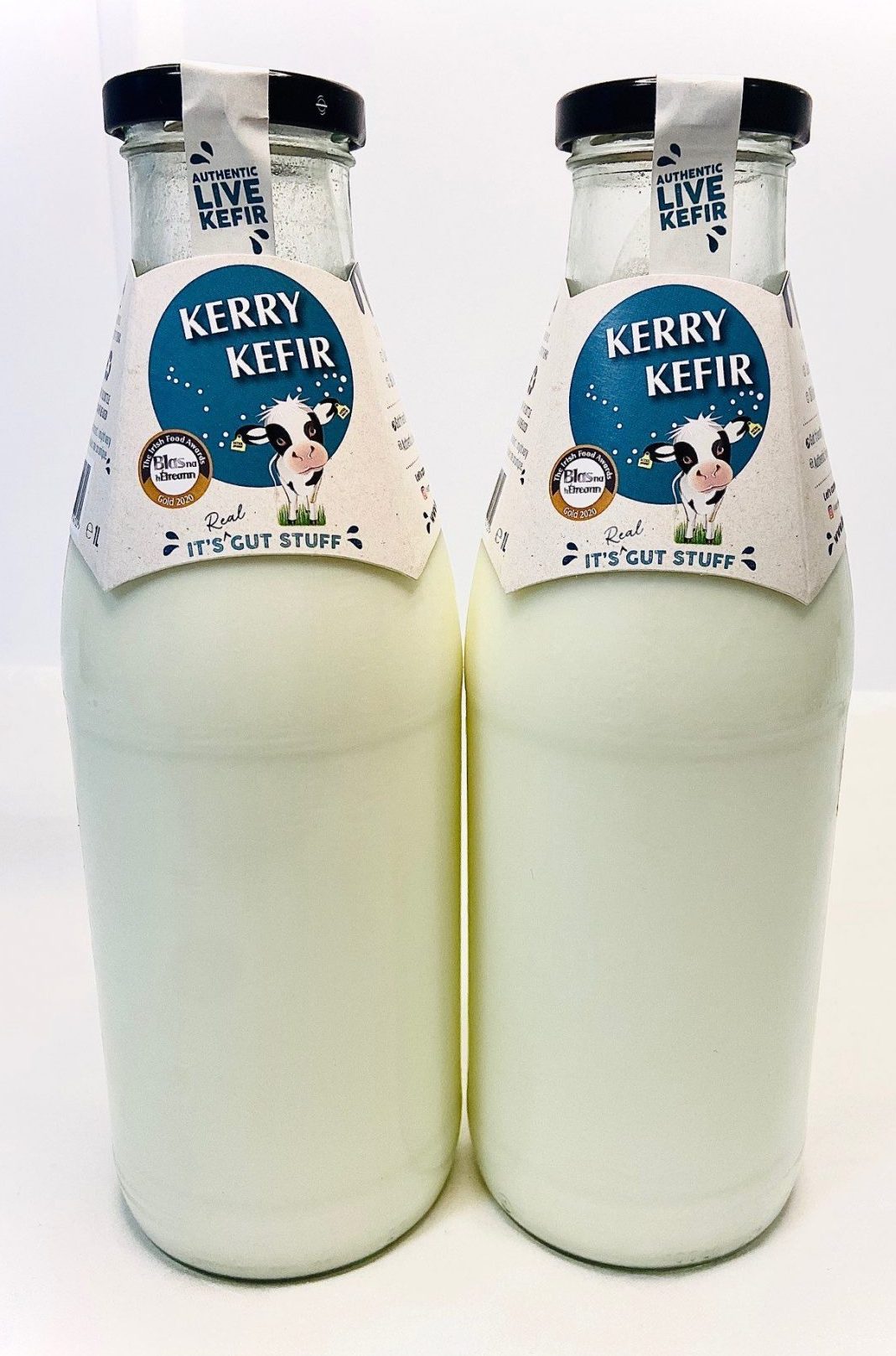Kefir is a fermented dairy drink that has been consumed for centuries in many cultures around the world. It is made by fermenting milk with kefir grains, which are a symbiotic culture of bacteria and yeasts. Kefir has a unique flavour and texture that is both tart and slightly fizzy.
Kefir’s Role in a Sustainable Future:
Kefir’s potential to impact the future of food is significant. It’s a sustainable, nutritious, and versatile food that aligns with solutions to global food challenges.
Climate Change and Kefir Production:
A critical challenge facing our global food system is climate change. The production of traditional kefir using living kefir grains is relatively low-impact environmentally. These grains can be reused indefinitely, thereby reducing waste and environmental impact. Moreover, kefir can be produced using various milks, including plant-based options, broadening its appeal and reducing reliance on animal agriculture.

Addressing Food Insecurity:
Kefir is a key player in tackling food insecurity. It can be produced in diverse settings, from small-scale farms to urban homesteads, making it accessible globally. Its nutritional profile, being a source of protein, calcium, and beneficial bacteria cultures, is particularly valuable in developing countries.
Versatility in Usage:
Kefir’s versatility extends from being a standalone beverage to an ingredient in smoothies, yogurts, and culinary recipes, making it adaptable to various cultural tastes and dietary needs.

Caucasus Mountains believed to be where kefir originated over 2,000 years ago
Innovative Applications and Market Potential
Nutritional Improvement: Kefir’s rich nutritional content makes it ideal for improving diets in developing regions.
Reducing Food Waste: The reusable nature of kefir grains helps minimize dairy production waste.
New Product Development: Kefir can be the base for various dairy and plant-based products, expanding its market potential.
Market Growth: Being relatively new in some regions, kefir has considerable market growth potential.
Distinguishing Traditional from Commercial Kefir
It’s important to distinguish traditional kefir, made with living grains, from large-scale commercial productions that often use dried powders. The traditional method preserves a wider variety of bacterial and yeast cultures, offering a more authentic experience. You can read our blog on the difference between kefir made with traditional grains vs. kefir powder here.

Global Impact Examples
BioFarms in Kenya: This company improves nutrition and reduces food waste among smallholder dairy farmers by providing kefir grains and supporting the production and sale of kefir products.
GoodKefir in India: Focused on creating affordable, nutritious kefir-based products tailored for Indian consumers.
Kefir For Good in the USA: This initiative creates jobs and supports social enterprises in underserved communities, providing training and support for kefir business startups.
These examples illustrate just a fraction of kefir’s potential in addressing global food challenges. As its popularity grows, kefir’s role in fostering a sustainable and equitable food system is expected to expand, showcasing the remarkable versatility of this ancient, yet ever-relevant, food product.
Check out our latest blog posts
Boost your immune system for back to school
As the back-to-school season approaches, keeping your family's...
Exploring the Gut-Brain Connection: How Your Digestion Affects Your Mental Health
The connection between our guts and our brains, often referred to as...
What is the Gut Microbiome?
The gut microbiome is a complex and dynamic ecosystem of...
